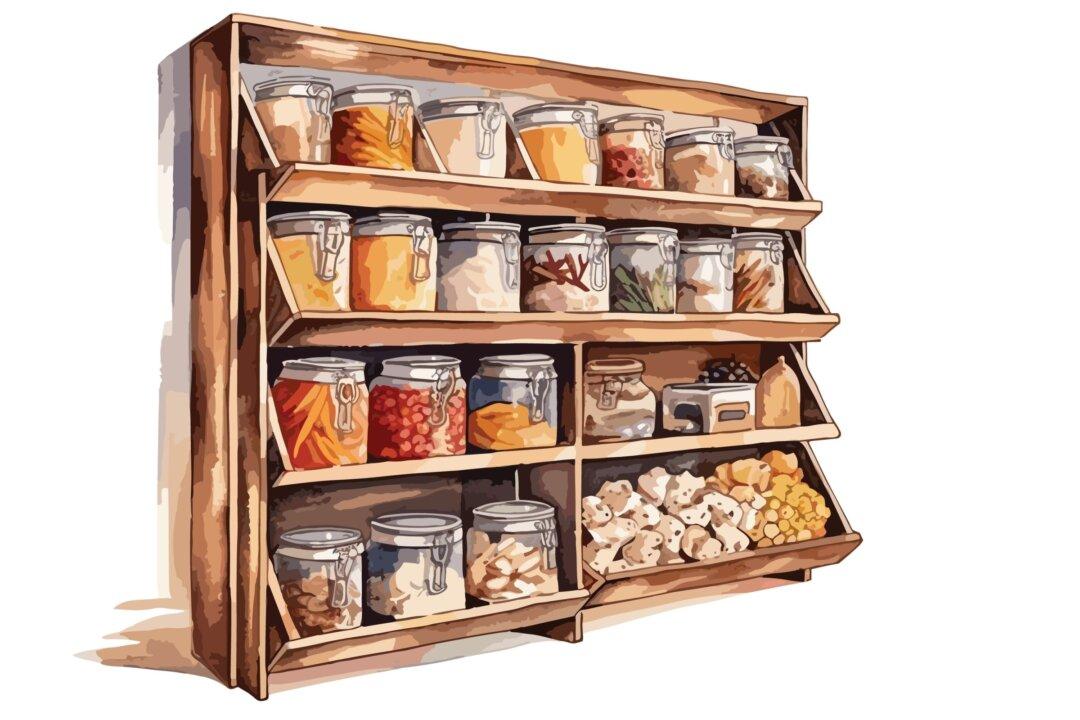TORONTO—Kidney disease in Canada has tripled in 20 years, resulting in an alarming rise in the number of people like Fanny Goldman, who lies in her bed nine hours a night connected to a machine that does the work her kidneys no longer can.
“Nine hours every night till the day you die,” she explained from the bedroom of her Toronto townhouse.
A retired nurse, Mrs. Goldman is now visited by two nurses a day who prime the peritoneal dialysis machine that pumps two-and-a-half bags of liquid into a catheter in her stomach. And from that out will come the same amount, some 13 litres, enough to fill the 6.5 gallon red jerrycan beside her bed more than once a week.
Mrs. Goldman has lived with the machine for four months, but she doesn’t complain.
“Now that the kidneys are really gone, it’s the only thing that keeps you going,” she said.
Her twin sister is also about to begin the same treatment. Both have diabetes, and both are part of a disturbing trend.
Almost 38,000 Canadians were living with kidney failure in 2009, more than triple those living with the disease in 1990 when the number of cases was 11,000, according to a report from the Canadian Institution for Health Information (CIHI).
The largest increase occurred in older age groups, with prevalence rates rising over 500 percent for those 75 and older. This group accounts for 20 percent of all kidney failure cases, CIHI found.
Mrs. Goldman, 76, says her treatment is bearable. She’s grateful she gets to stay at home rather than go to the hospital for a five-hour treatment three times a week like she would if she was getting hemodialysis.
Her husband, Allan Goldman, a retired history teacher, said he thanks Tommy Douglas, the first leader of NDP and credited for creating Canada’s public health care system. Mr. Goldman said he returned to Canada from the United States 20 years ago in part because of public healthcare.
“If there are faults it has, at least we are not giving up our house,” he said.
“Nine hours every night till the day you die,” she explained from the bedroom of her Toronto townhouse.
A retired nurse, Mrs. Goldman is now visited by two nurses a day who prime the peritoneal dialysis machine that pumps two-and-a-half bags of liquid into a catheter in her stomach. And from that out will come the same amount, some 13 litres, enough to fill the 6.5 gallon red jerrycan beside her bed more than once a week.
Mrs. Goldman has lived with the machine for four months, but she doesn’t complain.
“Now that the kidneys are really gone, it’s the only thing that keeps you going,” she said.
Her twin sister is also about to begin the same treatment. Both have diabetes, and both are part of a disturbing trend.
Almost 38,000 Canadians were living with kidney failure in 2009, more than triple those living with the disease in 1990 when the number of cases was 11,000, according to a report from the Canadian Institution for Health Information (CIHI).
The largest increase occurred in older age groups, with prevalence rates rising over 500 percent for those 75 and older. This group accounts for 20 percent of all kidney failure cases, CIHI found.
Mrs. Goldman, 76, says her treatment is bearable. She’s grateful she gets to stay at home rather than go to the hospital for a five-hour treatment three times a week like she would if she was getting hemodialysis.
Her husband, Allan Goldman, a retired history teacher, said he thanks Tommy Douglas, the first leader of NDP and credited for creating Canada’s public health care system. Mr. Goldman said he returned to Canada from the United States 20 years ago in part because of public healthcare.
“If there are faults it has, at least we are not giving up our house,” he said.







